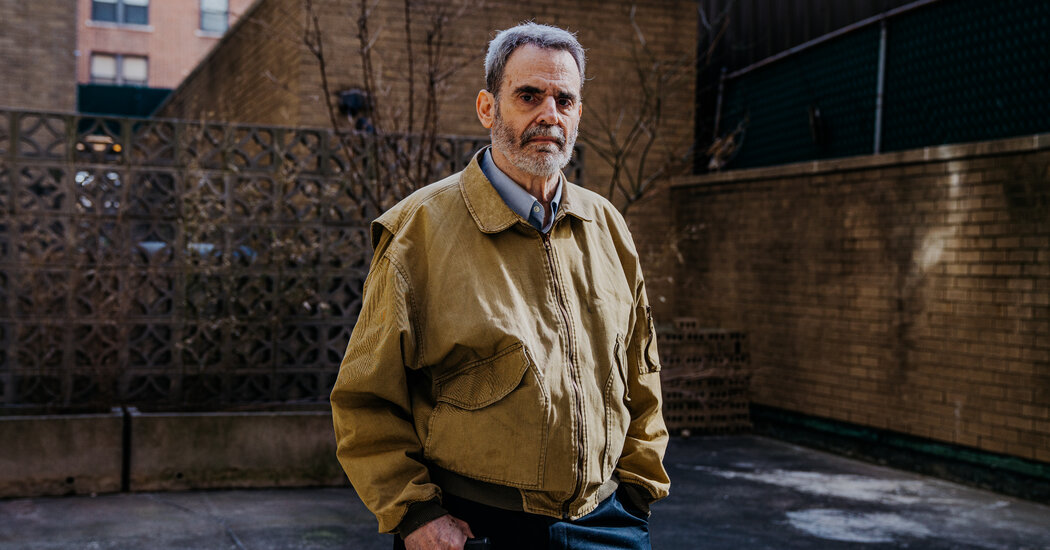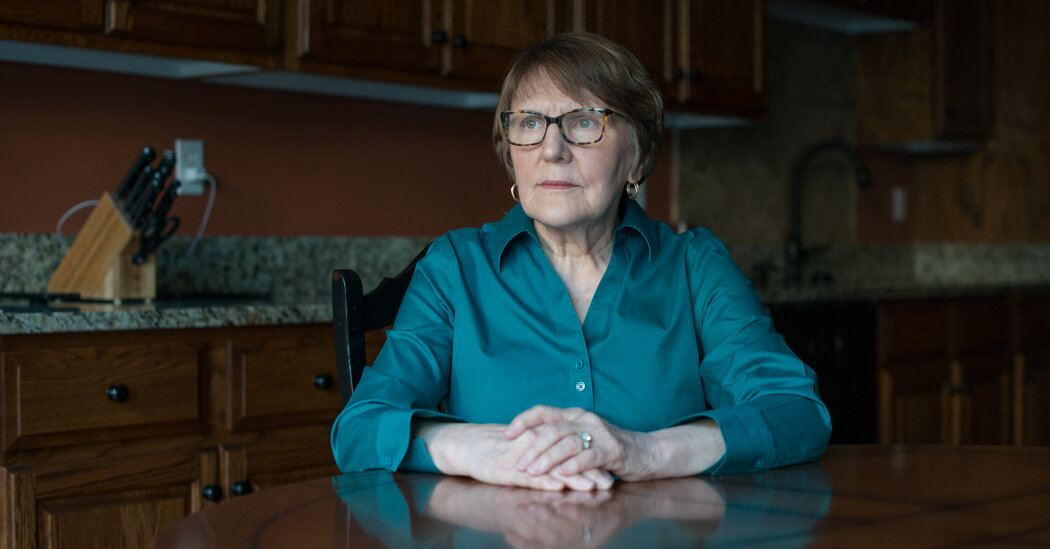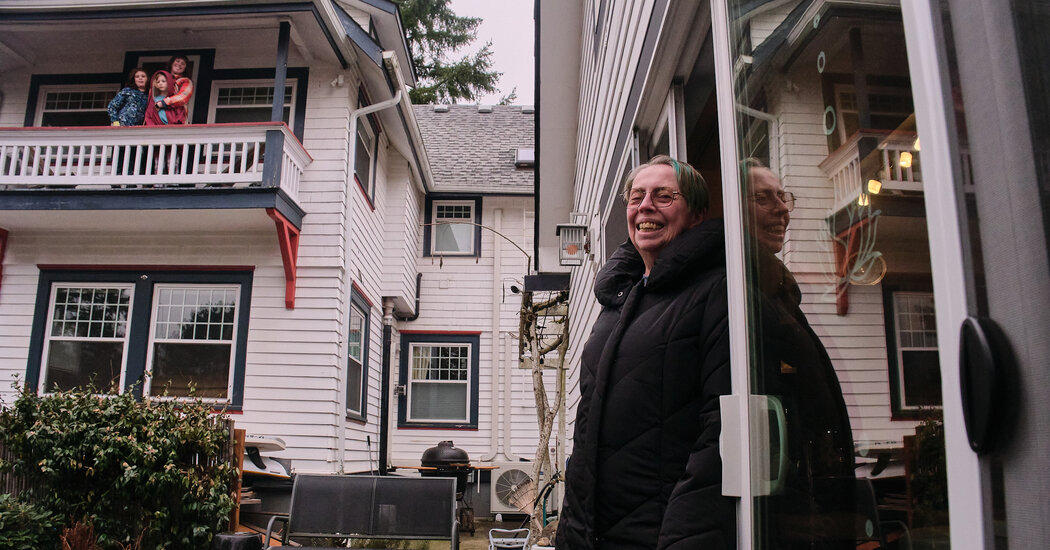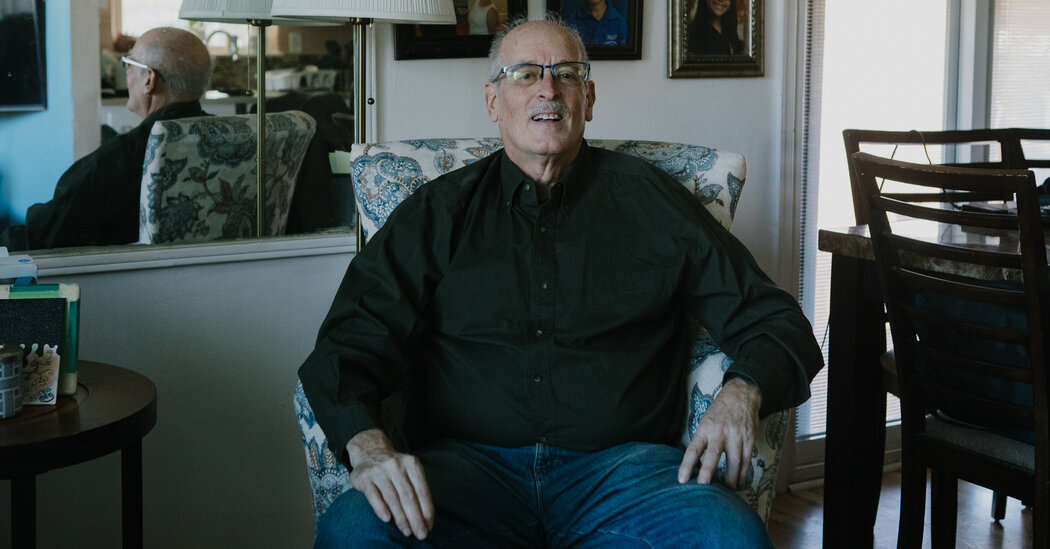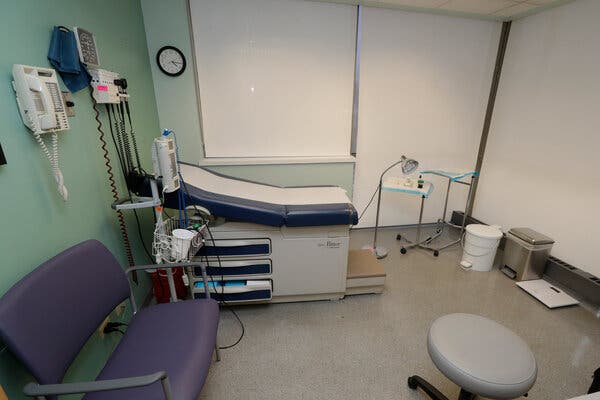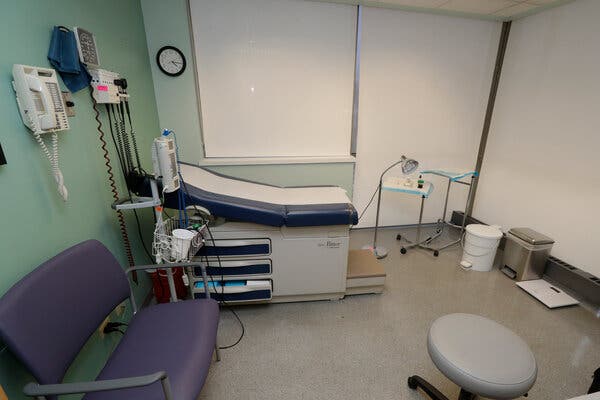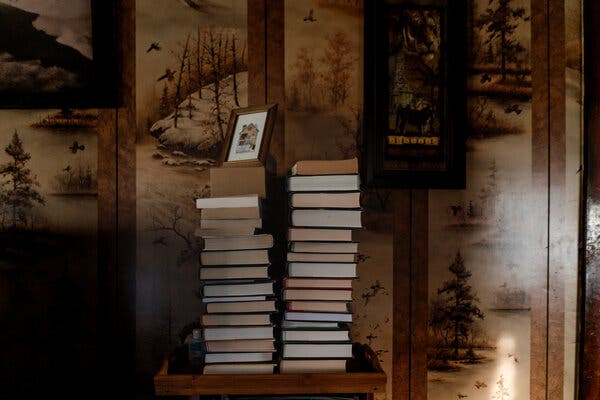Why Older People Can’t Get New Mortgages
Despite solid financial track records, many older Americans have a hard time refinancing because of their mortality risks and lower retirement incomes.In late 2019, Molly Stuart’s contract ended at the community college where she worked. “Normally, I’d just get a new job, but then Covid happened,” she said. So she collected unemployment for awhile, then retired.In 2021, hoping to give herself some financial breathing room, she tried to refinance the three-bedroom ranch house she had bought 18 years earlier on an acre of land in Sacramento County, Calif.“I’m an extremely good risk,” said Ms. Stuart, 60, a lawyer. She had a 30-year work history and a credit rating above 800. Her remaining mortgage was $102,000, but she estimated that the house was worth about $500,000. She had already paid off the mortgage on another house in Sacramento, which she rented out.But her mortgage company denied her application. “I didn’t qualify for a refinance because I didn’t have enough income,” she said. “It was extremely frustrating.”But not uncommon. Older adults have higher credit ratings than any other age cohort, yet recent studies have shown that they’re substantially more likely to be rejected for most kinds of mortgages. That raises barriers for older Americans hoping to renovate or retrofit their homes, or to extract home equity as a buffer against medical expenses, widowhood or other crises.Much of older adults’ wealth is tied up in real estate. Among homeowners aged 65 to 74, home equity represented about 47 percent of their net worth in 2019, according to federal data; among those over 75, it was 55 percent. Among Black homeowners over 62, it accounted for almost three-quarters of their net worth.But a house is not a financial asset, noted Lori Trawinski, director of finance and employment at the AARP Public Policy Institute in Washington. “It only turns into a financial asset if you take out a loan or you sell it.”Getting that loan may be harder than owners expect.In February, Natee Amornsiripanitch, an economist at the Federal Reserve Bank of Philadelphia, published an analysis of more than 9 million mortgage applications collected through the Home Mortgage Disclosure Act from 2018 to 2020. He found that rejection rates rose steadily with age, particularly accelerating for applicants over 70.Focusing on refinancing applications, he reported a rejection rate of 17.5 percent for all ages. But for those in their 60s, it topped 19 percent, and among those 70 and older it was more than 20 percent — statistically significant differences.What’s more, older applicants paid slightly higher interest rates when they took out either refinances or new purchase mortgages.The study’s methodology controlled for credit scores and property types, as well as economic and demographic factors, said Alicia Munnell, director of the Center for Retirement Research at Boston College, which republished Dr. Amornsiripanitch’s work. “He’s looking at the well-heeled and the less well-heeled. Age is still a factor.”Although the federal Equal Credit Opportunity Act has long prohibited discrimination by age (as well as race, color, religion, national origin, sex and marital status), lenders are allowed to consider age if they deem it pertinent to creditworthiness.Dr. Amornsiripanitch determined, for example, that lenders attributed more than half of their rejections of older applicants to “insufficient collateral.” He speculated that lenders didn’t find those homes to be worth as much as applicants had thought, possibly because older owners occupy older homes, and might have deferred maintenance.Lenders also worry about older borrowers’ mortality risks. During the course of a 30-year loan, “someone dying is really inconvenient to a lender and can be costly,” Dr. Munnell explained. If the mortgage gets paid off early, a bank or mortgage company then re-lends the money, possibly at lower interest rates. If the property winds up in foreclosure after a death, the bank faces legal action.And, as in Ms. Stuart’s case, lenders care about reduced income after retirement. “People who are employed are lower risk than people who aren’t,” said Teresa Ghilarducci, a labor economist at The New School for Social Research in New York City. “It’s harder to get a mortgage after you retire.”That’s particularly true because today’s seniors are more apt to have debt, and more of it, than previous generations. That affects their debt-to-income (D.T.I.) ratios, a metric that lenders pay keen attention to.“High D.T.I. is a key denial reason,” said Linna Zhu, a research economist at the Urban Institute in Washington whose research has also documented higher rejection rates at older ages.A study she published in 2021 found mortgage denial rates of 18.7 percent for people over 75, 15.4 percent for those 65 to 74 and 12 percent for people under 65.Dr. Zhu and her colleagues reported, however, that the likelihood of denial depends on the type of loan. Home equity lines of credit, which don’t start charging interest or requiring repayment until the homeowner uses the credit, had similarly high rejection rates across all age groups.In contrast, cash-out refinances that provide a lump sum — a popular product during the recent period of rising home prices and super-low interest rates — were denied to more than 21 percent of applicants over 75 in 2020, compared with just 14.6 percent of would-be borrowers under 65.And for home equity conversion mortgages — a type of reverse mortgage secured by the Federal Housing Administration — younger borrowers actually had higher rejection rates.Extremely low interest rates in recent years have made borrowing easier for everyone, masking these age discrepancies, Dr. Zhu said. But as rates have climbed sharply, “it will be more challenging to tap your home equity,” she said.Policy changes could reduce these age-related barriers. Rather than lenders’ relying so heavily on income and debt to assess creditworthiness, “it’s important to look at alternate sources of wealth for a more comprehensive picture of someone’s financial background,” Dr. Zhu said.Changing these assessments would require “a collective effort,” Dr. Zhu said, involving commercial lenders, the federally sponsored Fannie Mae and Freddie Mac and federal agencies like the F.H.A. and the Department of Housing and Urban Development.That approach would have helped Ms. Stuart, who had substantial assets but modest income after retiring. After her mortgage company turned her down for refinancing, she used her savings to pay six months of her mortgage in advance — the maximum length of time her lender would allow. That lessened the pressure of monthly payments, and she may choose to do it again.But compared to refinancing, which would have lowered her monthly payments for the next 30 years without depleting her savings, it’s a temporary solution. “It’ll be fine,” she said of her experience. “But it was unreasonable.”
Read more →

